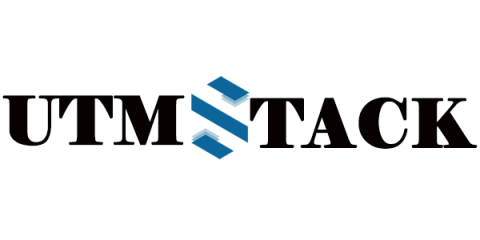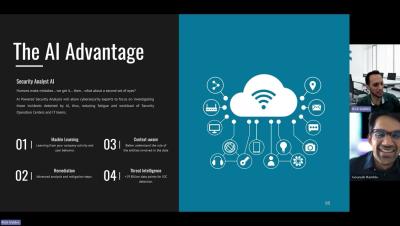Security | Threat Detection | Cyberattacks | DevSecOps | Compliance
UTMStack
Grow Your Business with a 24/7 Security Operations Center (SOC) using Open Source Technologies.
How to Create SIEM Correlation Rules
SIEM (Security Information and Event Management) systems play a crucial role in modern cybersecurity frameworks. They collate log and event data from an array of sources within an organization’s network, facilitating real-time analysis and long-term storage of this crucial information to uphold security standards. A core component of SIEM’s effectiveness lies in its correlation rules, which are designed to detect specific patterns or anomalies that might indicate a security issue.
Three Steps to Reduce False Positives and Alert Fatigue in Your SIEM
In the realm of cybersecurity, Security Information and Event Management (SIEM) systems are indispensable tools for monitoring and analyzing an organization’s security posture in real-time. However, one of the hurdles that security professionals often encounter is the prevalence of false positives which can overwhelm analysts and obscure genuine threats.
UTMStack Unveils Commercial License for its Correlation Engine and SDK: A Boon for Organizations Developing SIEM or XDR Solutions
In a significant move to empower organizations in bolstering their security infrastructure, UTMstack has announced the commercialization of its Correlation Engine and Software Development Kit (SDK) under a commercial license. This strategic initiative paves the way for organizations aiming to develop their own Security Information and Event Management (SIEM) or Extended Detection and Response (XDR) solutions by leveraging the state-of-the-art features embedded in the UTMstack’s platform.
Top Five Free and Open Source SIEM
In an age where cybersecurity is paramount, organizations must be vigilant in protecting their digital assets and sensitive information. Security Information and Event Management (SIEM) solutions are crucial in this endeavor, as they provide comprehensive visibility into an organization’s cybersecurity posture. While there are many commercial SIEM tools on the market, the pursuit of truly free and open-source SIEM solutions is gaining traction.
Build a 24/7 Security Operations Center (SOC) with Free and Open Source Technologies
Welcome to our comprehensive guide on building a 24/7 Security Operations Center (SOC) using free and open-source technologies. In the digital age, protecting your organization’s information assets has never been more important. Cyber threats are constantly evolving, and organizations of all sizes and industries are vulnerable to attacks.







